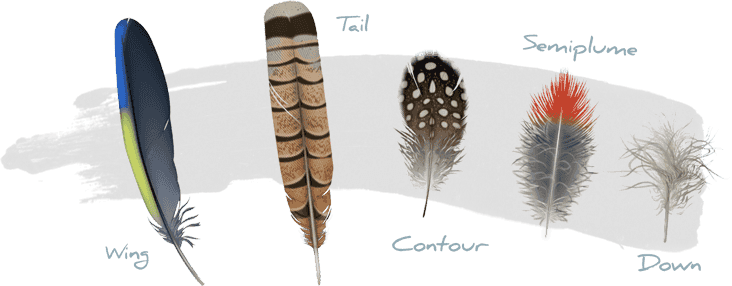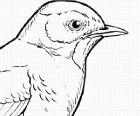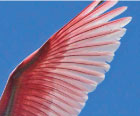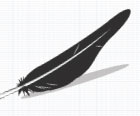How Feathers Are Built
Light, flexible, strong, and colorful, feathers are impressive structures. Although feathers come in an amazing array of types, they are all made up of the same basic parts that have evolved small modifications to serve different functions. Downy feathers have a loosely arranged structure that helps trap air close to the bird’s warm body. The structure of other feathers features a small alteration that makes a big difference; microscopic hooks that interlock to form a wind and waterproof barrier that allows birds to fly and stay dry.






